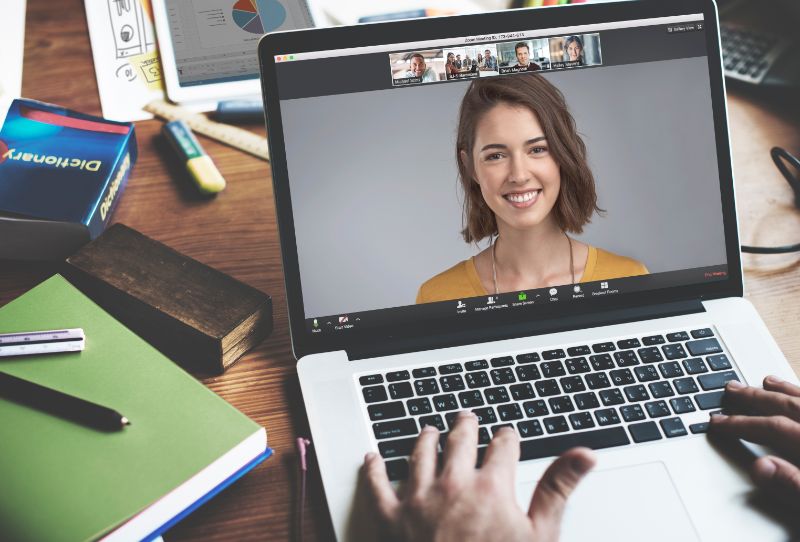November 4th was Stress Awareness Day. If you haven’t heard about it, you’re not alone. Most people haven’t. In stark contrast, if you ask a random person if he or she has ever experienced constant stress, the answer will probably be a resounding yes. Most people will also testify to the negative impact of stress on their lives – and to their active search for effective stress prevention methods.
Work-related stress should not be overlooked, as it’s a well-known negative factor that impacts quality of life, concentration, cognitive skills, physical health and general well-being. Acknowledging stress and its implications is especially crucial in 2020, as COVID-19 has everyone feeling more high-strung than ever before.
Work Stress: The Silent Suppressor
One of the most common types of stress is work-related stress. It’s common because work environments are filled with stress-enhancing elements such as tight deadlines, office politics, employee competitiveness, miscommunication, complex work assignments and ambitious objectives. Unfortunately, many employees also work for companies with toxic work cultures, which cultivate insensitive management practices.
Work stress increases anxiety levels at the office and also at home. Its impact on employees is well-documented, and includes lack of focus, poor decision-making, heightened insecurity and a decline in employee engagement and overall productivity. As employees, it makes us unhappy – and it can be very hard to shed once we leave the office.
Zoom as Stress Reducer
Workplace dynamics have changed dramatically in 2020, and we have the pandemic to thank for that. Many people are working solely from home. Many others are juggling between makeshift home offices and their actual offices. Face-to-face meetings are being avoided, and video conferencing is taking their place.

When everything changes so quickly, stress and confusion levels tend to elevate. But emerging work cultures introduce many positives, as well. By working from home via Zoom, many employees are finding it much easier to avoid a myriad of stressful situations:
- Traffic: Today’s roads are gridlocked, and many employees spend hours in traffic every day. This “lost time” can make employees feel like they’re entering a state of limbo on a daily basis. Meeting co-workers and clients via video conferencing instead of at the office or a café saves precious time. Also, it removes the feeling of helplessness that comes with driving at a snail’s pace, day in and day out.
- Office Anxiety: Many employees who do not respond well to tense environments find it much easier to work from home. At home, their levels of subjection to harsh office power struggles and insolent management tactics are reduced considerably. Thanks to video conferencing, they can still function at a high level, but the shackles of stressful work culture aren’t as tight as they once were.
- Large Meetings: Face-to-face meetings have many advantages; however, many people find it hard to express themselves in meetings with numerous participants. They often prefer not speaking to talking and feeling everyone’s gaze. With Zoom, things feel much different. Employees can talk freely to the camera, while hiding the other participants’ screens.
- Appearances: When conducting a business meeting via Zoom, it is crucial that employees dress as if they are meeting at the office. But the great thing about video conferencing is that as soon as the meeting is over – everyone can go back to wearing their favorite shorts and t-shirts. Remaining in your natural element is an effective stress reducer, even if you’re facing a long day of work from home.
The Benefits of a Relaxed Employee
Can Zoom and other video conferencing solutions reduce work-related stress? The answer is yes. Sure, this may come as a surprise, especially after recent reports of workers feeling exhausted after days of constant Zooming, but the fact remains that in today’s pandemic climate, video conferencing makes work from home easier and reduces work-induced tension.
This is good news for employees – and great news for employers. Why should employers care, you ask? The logic couldn’t be any clearer. Stressed employees are less effective, and more prone to abandoning ship. The tension they feel impairs their collaboration and communication abilities. When they are on-edge, they are more likely to have a negative effect on their respective teams and departments.
On the other hand, employees who feel relatively stress-free are known to be more productive, attentive, and engaged. They are more focused and attuned to teamwork and collaboration. They have the capacity to make their co-workers feel more comfortable, and to empower them to do better. Naturally, organizations only benefit from such a situation.
A Culture of Stress Prevention
The responsibility for creating work stress-free environments rests solely on the shoulders of organizations. Sure, external conditions are always at play – COVID-19, anyone? – but it is up to employers to create optimal working conditions in which their workers can thrive. It just so happens that today, these conditions include working from home and engaging in Zoom meetings. That’s our world right now.

So, how can employers begin to address their employees’ stress levels? Stress prevention awareness is always a good place to start. Organizations should not think that working from home solves all stress-related issues. Far from it. If anything, people are working much harder. Stress prevention starts with company culture. If the company advocates values such as employee happiness, then this increases the chance that its employees can manage their stress levels more effectively.
To sum up, positive stress-reducing values can be communicated through the office corridors – and also via Zoom. But it requires an active decision to do so – and it always starts at the top.

